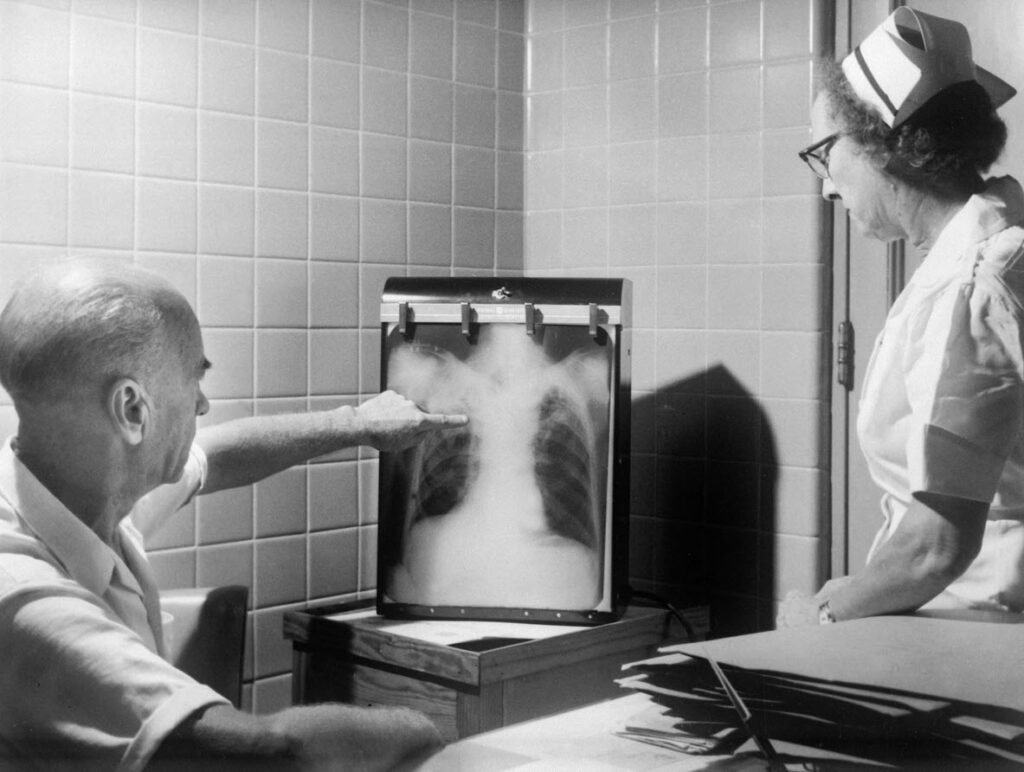
The lungs, those remarkable organs responsible for respiration, play a crucial role in sustaining life. While we may not often think about them, the lungs hold a treasure trove of intriguing features and functions.
In this article, we explore some of the most interesting facts about these vital organs.
1. Buoyant Lungs
One of the most captivating facts about the lungs is their buoyancy. The lungs are the only part of the human and animal body that do not sink in water. This remarkable property is due to their air-filled structure.
When submerged in water, the lungs act like natural floatation devices, staying afloat even when the rest of the body may sink. This buoyancy is a testament to the lung’s unique composition, comprising air-filled sacs known as alveoli.
2. Blood Reservoir
While we often think of the heart as the primary blood-pumping organ, the lungs have a hidden role in managing our circulatory system. They contain approximately 450 milliliters of blood, which amounts to about one-tenth of their total volume in the body.
This blood serves as a vital reservoir, ready to be deployed when needed.
In case of injury or blood loss, the lungs can release this stored blood to compensate for the loss, helping to maintain circulatory function and support the body’s oxygen needs. This dual role as a respiratory and circulatory organ underscores the incredible adaptability of the lungs.
3. Asymmetrical Lung Structure
The human body often exhibits remarkable symmetrical characteristics, but the lungs break this pattern. The left lung is smaller than the right, with a unique two-lobed structure, while the right lung features three lobes.
This disparity is not a random occurrence but a necessary adaptation to accommodate the heart within the chest cavity.
The heart, positioned slightly to the left side of the chest, requires extra space. To make room for this vital organ, the left lung sacrifices a lobe. This unequal division of lung lobes is a testament to the intricacies of human anatomy and how the body evolves to function optimally.
Concluding Thoughts
The lungs are not only vital for breathing but also possess a remarkable set of attributes that make them all the more intriguing. Their buoyancy in water, the role they play as a blood reservoir, and the asymmetry of their structure to accommodate the heart all highlight the wonder of human biology.
These facts remind us that even the most familiar parts of our bodies hold secrets and surprises waiting to be uncovered.
You may also like:- Can You Take Calcium and Vitamin D Supplements Together? Read Here
- Taking Control Of Your Hormonal Health: What To Expect From An HRT Clinic
- Strategies for Making Physical Activities Accessible for Children with Special Needs
- ICMR’s Advisory on Tea and Coffee Consumption
- 10 Healthy Tips for World Health Day 2024
- Headache Danger Signals – A Comprehensive Guide
- Commonly Used Drug Dosages for Pain
- Key Responsibilities and Duties of a Doctor
- Personalized Support For Every Family: The Specialized Training Of Lactation Consultants
- Why Does A Person Sleepwalk At Night?








